BITS BLOG
How SMBs Can Use Cybersecurity to Fight AI-Driven Threats
Staying secure when attackers move faster and smarter
AI has changed the cybersecurity landscape. What once required a skilled attacker can now be automated, scaled, and deployed quickly. This shift puts small and mid-sized businesses at greater risk, especially those without dedicated security teams.
From personalized phishing emails to deepfake voicemails and adaptive malware, attackers are using AI to reduce costs and increase impact.
The good news is that cybersecurity still works.
The key is aligning your defenses with today’s evolving threat landscape.
In this article, we explain how SMBs can use smart, practical cybersecurity measures to counter AI-enabled attacks without overextending their resources.
Why AI Is a Growing Risk for Small and Mid-Sized Businesses
Large enterprises are no longer the only targets. AI tools have made it easier to:
- Create convincing phishing campaigns in minutes
- Mimic executive writing styles or voices
- Scan public data for exposed credentials
- Generate malware that adapts to different systems
- Identify cloud misconfigurations quickly
These capabilities used to require expertise. Now they are widely available and inexpensive.
SMBs are vulnerable because they often lack full-time security staff, structured risk management, and monitoring tools. This creates slower response times and more reactive decisions.
The Four Most Common AI-Enabled Attacks on SMBs
1. Business Email Compromise (BEC)
AI can produce targeted emails that look like they came from your CEO or CFO. These messages often bypass filters and lead to wire transfers or stolen credentials.
2. Credential Stuffing and Automated Attacks
AI can rapidly test stolen or weak credentials across systems. If you are not using multi-factor authentication, these attacks are highly effective.
3. Voice Deepfakes and Social Engineering
Synthetic voice tools can impersonate executives and trick employees into making approvals or granting access.
4. Cloud Exploitation
AI-enabled tools scan for misconfigured cloud storage, shared drives, and apps. These gaps often exist in Microsoft 365, Google Workspace, and other platforms SMBs rely on.
How SMBs Can Defend Themselves
1. Implement Role-Based Access Controls
Only give users access to what their job requires. This limits the damage from compromised accounts.
- Map access to job function
- Apply least privilege as the default
- Review access every quarter
2. Strengthen Email Security and Authentication
Use tools that go beyond basic spam filters and verify message sources.
- Deploy phishing protection like Microsoft Defender or Proofpoint
- Enforce DMARC, DKIM, and SPF email policies
- Require MFA for all external logins
3. Train Your Team with Real-World Threats
User awareness is still one of the strongest defenses.
- Use AI-generated phishing simulations
- Teach staff how to verify unusual requests
- Encourage a “trust but verify” mindset in financial processes
4. Monitor Key Systems
Visibility does not require a full security team.
- Use a managed detection and response (MDR) or lightweight SIEM
- Enable logging on collaboration platforms and servers
- Create and test an incident response plan
5. Lock Down Cloud Services
Many attacks start with poorly configured cloud tools.
- Turn off public sharing by default
- Monitor connected third-party apps
- Enable version history and audit logs
How BITS Cyber Helps
BITS Cyber helps SMBs:
- Assess their exposure to AI-enabled threats
- Build a cybersecurity plan aligned with operations
- Train employees using realistic scenarios
- Monitor critical systems and respond to incidents
- Scale security investments with business growth
You do not need a massive budget.
You need focused action and clear priorities.
Final Thought
AI has made cyberattacks faster, cheaper, and harder to detect. But strong cybersecurity still works.
With the right combination of access control, monitoring, and training, SMBs can stay secure in an AI-powered threat environment.
BITS Cyber provides the clarity and strategy to help you take action before an incident happens.
Because cybersecurity should not slow you down. It should protect the growth you are building.
